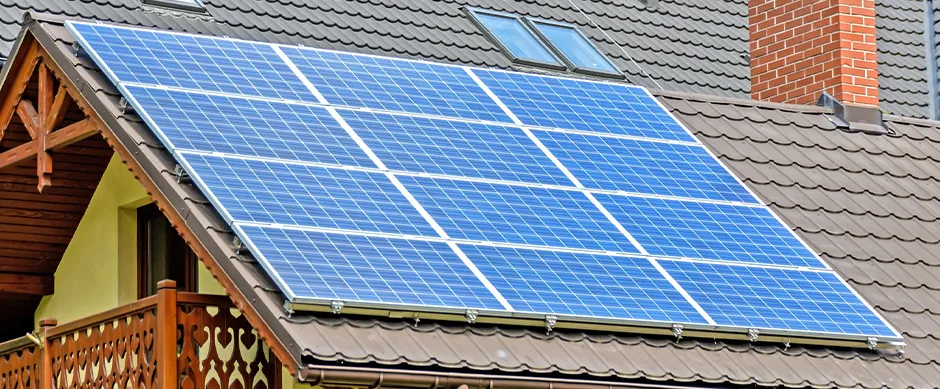Exploring the Best Choices for Solar Panel Solutions and Technologies
Exploring Solar Panel Options A Comprehensive Guide
In recent years, the shift towards renewable energy sources has gained significant momentum, with solar power emerging as a leading option for both residential and commercial energy needs. The increasing accessibility of solar technology, coupled with the urgent need for sustainable energy solutions, makes solar panels an attractive choice for many. However, with a myriad of solar panel options available in the market, navigating this diverse landscape can be overwhelming. This article aims to elucidate the different types of solar panels and factors to consider when making your selection.
Types of Solar Panels
1. Monocrystalline Solar Panels These panels are made from a single crystal structure, which allows them to achieve high efficiency rates, often exceeding 20%. They are known for their sleek appearance and space efficiency, making them ideal for homeowners with limited roof space. While they tend to be more expensive than other types, their long lifespan and superior performance in low-light conditions can justify the higher upfront cost.
2. Polycrystalline Solar Panels In contrast to monocrystalline panels, polycrystalline ones are made from multiple crystal structures, which results in a lower efficiency rate, generally between 15-20%. They are typically less expensive than monocrystalline options, making them a budget-friendly alternative. However, they require more space for installation due to their lower efficiency, which can be a consideration for homeowners with ample roof area.
3. Thin-Film Solar Panels Representing a different approach to solar technology, thin-film panels are created by depositing photovoltaic materials onto a substrate. These panels are lightweight and flexible, allowing for diverse applications, including integration into building materials. While they tend to have lower efficiency ratings (around 10-12%) and require more space for installation, their performance in high temperatures and shaded areas can be advantageous.
4. Bifacial Solar Panels Emerging as a newer technology, bifacial solar panels can capture sunlight on both sides, thus potentially increasing energy yield. This dual-sided capability makes them especially effective when installed in environments that reflect light, such as snowy areas or on reflective surfaces. Although they may come at a premium, their efficiency can lead to more energy generation over time.
Factors to Consider When Choosing Solar Panels
solar panel options

1. Efficiency and Space The efficiency of solar panels directly affects how much energy they can produce in a given space. Homeowners with limited roof space may prioritize high-efficiency panels like monocrystalline. Conversely, those with larger areas may opt for polycrystalline panels for a cost-effective solution.
2. Cost The initial investment of solar panels varies significantly among different types. It’s essential to consider not just the upfront costs but also the long-term savings on electricity bills and available incentives, such as tax credits and rebates, which can influence the overall financial viability of the solar system.
3. Durability and Warranty Solar panels are a long-term investment. Most reputable manufacturers offer warranties ranging from 10 to 25 years. It’s crucial to choose panels from manufacturers with a proven track record for durability and quality, as this ensures that your investment will last and continue to perform efficiently.
4. Aesthetic Preferences The visual appeal of solar panels might also play a role in your decision. Monocrystalline panels are typically more visually appealing due to their uniform color and sleek design, while polycrystalline panels may have a more mottled appearance.
5. Environmental Impact For those focused on sustainability, consider the environmental impact of the solar panels themselves. Some manufacturers prioritize eco-friendly materials and practices, adding an additional layer of environmental stewardship to your investment.
Conclusion
Investing in solar panels is a significant step towards sustainable living and reducing your carbon footprint. With a variety of solar panel options available, it’s crucial to carefully evaluate each type based on efficiency, cost, aesthetics, and durability. By understanding these elements, you can make an informed decision that not only benefits your immediate energy needs but also contributes to a greener planet. As technology continues to advance, the future of solar energy looks promising, offering even more options for harnessing the power of the sun.
-
String Solar Inverter: The High-Efficiency Solution for Smart Solar EnergyNewsJul.14,2025
-
Revolutionizing Rooftop Energy with the Power of the Micro Solar InverterNewsJul.14,2025
-
Power Independence with Smart Off Grid Solar Inverter SolutionsNewsJul.14,2025
-
On Grid Solar Inverter: Powering the Future with Smart Grid IntegrationNewsJul.14,2025
-
Monocrystalline Solar Panels: High-Efficiency Power for the Future of Clean EnergyNewsJul.14,2025
-
Bifacial Solar Panel: A Smarter Investment for Next-Generation Energy SystemsNewsJul.14,2025







